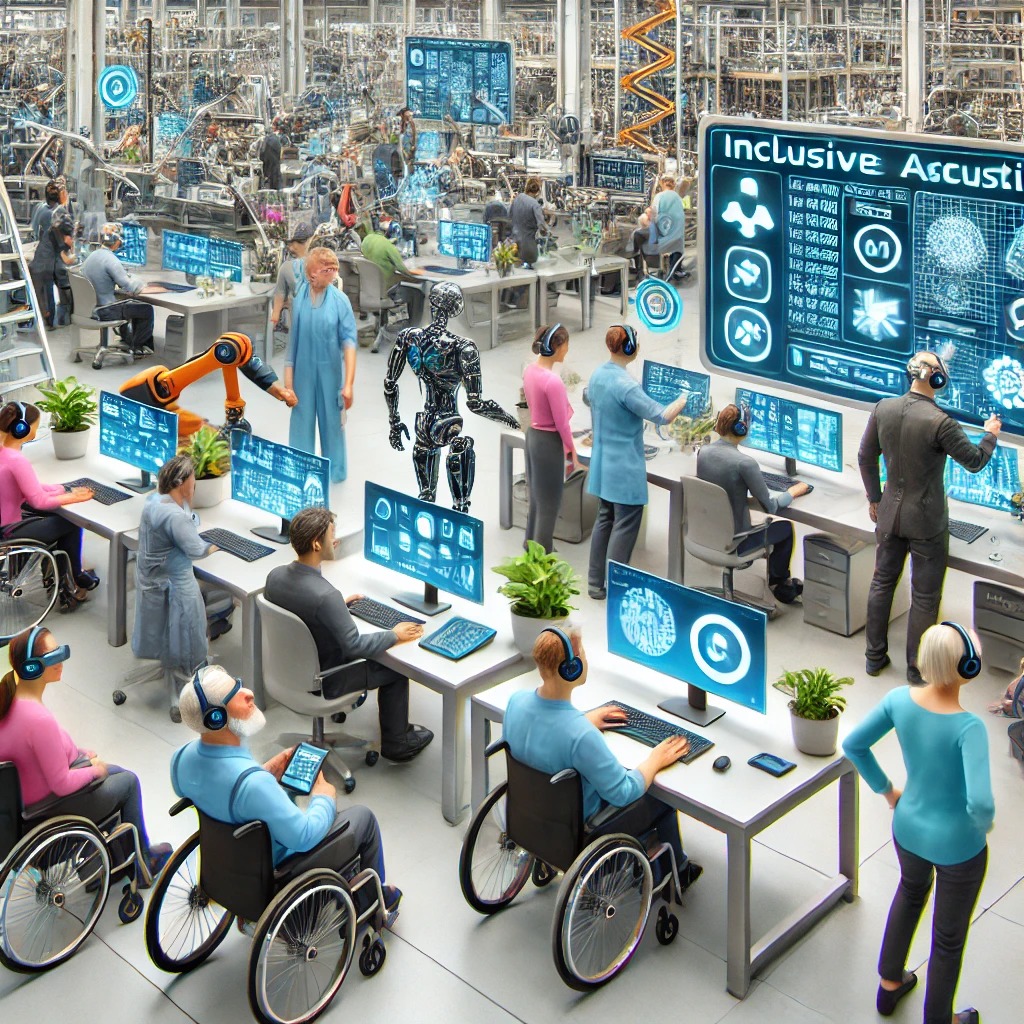Inclusivity use case: making technology accessible for all
This post is also available in the following languages: Euskara, Español
Inclusivity use case: making technology accessible for all
⚡The challenge
While AI, robotics, and augmented reality are becoming commonplace in both work and daily life, there’s a gap in making these technologies truly accessible and beneficial for diverse workforce groups, including older workers and people with disabilities.
🎯What we’re addressing
o Manufacturing sector
o Assembly, welding, and logistics operations
Implementation of:
→ Augmented Reality for real-time assistance
→ AI solutions (speech-to-text, image-to-speech)
→ Assistive robotics
→ Accessible UI design
→ Real-time captioning and translation
⚠️Current Gaps
o Limited training solutions for diverse groups
o Inadequate knowledge presentation methods
o Missing policy frameworks for inclusivity
💡The Solution
1️⃣ Developing accessible training solutions that address different disability needs
2️⃣ Creating adaptive learning platforms that support various communication preferences
3️⃣ Integrating assistive technologies into standard workplace operations
Our mission is to transform manufacturing workplaces into truly inclusive environments where technology breaks down barriers rather than creating them.




